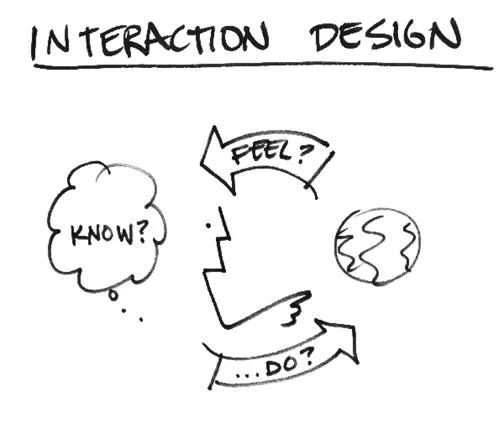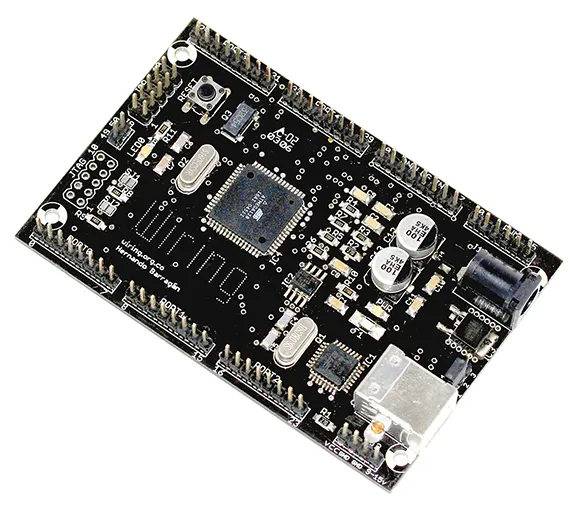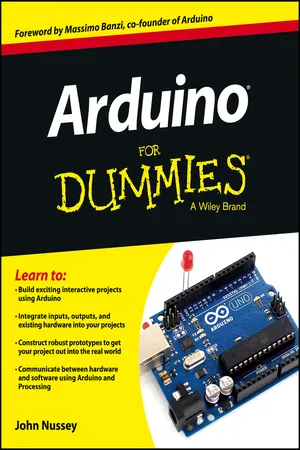
Arduino For Dummies
About this book
The quick, easy way to leap into the fascinating world of physical computing
This is no ordinary circuit board. Arduino allows anyone, whether you're an artist, designer, programmer or hobbyist, to learn about and play with electronics. Through this book you learn how to build a variety of circuits that can sense or control things in the real world. Maybe you'll prototype your own product or create a piece of interactive artwork? This book equips you with everything you'll need to build your own Arduino project, but what you make is up to you! If you're ready to bring your ideas into the real world or are curious about the possibilities, this book is for you.
- Learn by doing — start building circuits and programming your Arduino with a few easy to follow examples - right away!
- Easy does it — work through Arduino sketches line by line in plain English, to learn of how a they work and how to write your own
- Solder on! — Only ever used a breadboard in the kitchen? Don't know your soldering iron from a curling iron? No problem, you'll be prototyping in no time
- Kitted out — discover new and interesting hardware to make your Arduino into anything from a mobile phone to a geiger counter!
- Become an Arduino savant — learn all about functions, arrays, libraries, shields and other tools of the trade to take your Arduino project to the next level.
- Get social — teach your Arduino to communicate with software running on a computer to link the physical world with the virtual world
It's hardware, it's software, it's fun! Start building the next cool gizmo with Arduino and Arduino For Dummies.
Frequently asked questions
- Essential is ideal for learners and professionals who enjoy exploring a wide range of subjects. Access the Essential Library with 800,000+ trusted titles and best-sellers across business, personal growth, and the humanities. Includes unlimited reading time and Standard Read Aloud voice.
- Complete: Perfect for advanced learners and researchers needing full, unrestricted access. Unlock 1.4M+ books across hundreds of subjects, including academic and specialized titles. The Complete Plan also includes advanced features like Premium Read Aloud and Research Assistant.
Please note we cannot support devices running on iOS 13 and Android 7 or earlier. Learn more about using the app.
Information






Table of contents
- Cover
- Table of Contents
- Title Page
- Foreword
- Introduction
- Part I: Getting to Know Arduino
- Part II: Getting Physical with Arduino
- Part III: Building on the Basics
- Part IV: Unlocking Your Arduino's Potential
- Part V: Sussing Out Software
- Part VI: The Part of Tens
- Cheat Sheet
